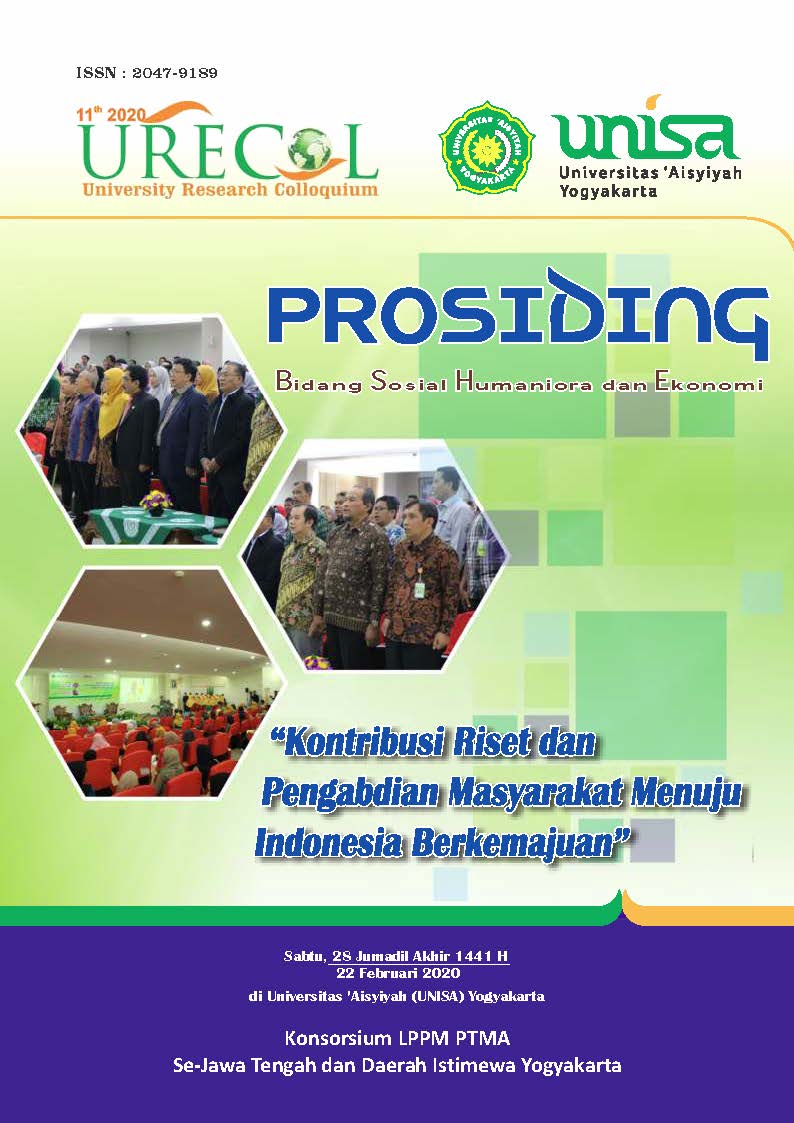Studi Deskriptif Kualitatif : Fenomena Nomophobia Mahasiswa di Yogyakarta
Keywords:
Nomophobia, smartphone, college studentsAbstract
This study aims to obtain a description of the condition of nomophobia among college students in Yogyakarta. This research was conducted by discussing descriptive qualitative. The number of subjects in this study were 48 students studying in Yogyakarta. Data collection techniques using observation ,interviews and surveys based on Nomophobia theory. The results showed that 100% of students have social media applications and short message applications that are used every day. Students feel anxious when they can’t connect to the internet so they can’t access information and communicate. Students still carry smartphones wherever they go even to the toilet. The habit that ultimately causes students to experience nomophobia is to always access the smartphone all the time and feeling lazy to do other activities. When they are confused about what to do, students choose to find entertainment through smartphones.
References
William I. Dampak positif internet dan negatiif bagi manusia. Available from: https://www.kompasiana.com/lilmbone/54f96399a3331135028b50bd/dampak-positif-internet-dan-negatif-bagi-manusia
Yildirim C, Correia AP. Understanding nomophobia: A modern age phobia among college students. In: Lecture Notes in Computer Science (including subseries Lecture Notes in Artificial Intelligence and Lecture Notes in Bioinformatics). 2015.
King ALS, Valença AM, Silva AC, Sancassiani F, Machado S, Nardi AE. “Nomophobia”: Impact of Cell Phone Use Interfering with Symptoms and Emotions of Individuals with Panic Disorder Compared with a Control Group. Clin Pract Epidemiol Ment Heal. 2014;
Muyana S, Widyastuti DA. Nomophobia (No-Mobile Phone Phobia) Penyakit Remaja Masa Kini. Pros Semin Nas Peran Bimbing dan Konseling dalam Penguatan Pendidik Karakter. 2017;
Kominfo. Survey Penggunaan TIK 2017 Serta Impikasinya Terhadap Aspek Sosial Budaya Masyarakat [Internet]. 2017. Available from: file:///C:/Users/USER/AppData/Local/Temp/20180326115502-booklet-survey-tik-2017.pdf
Bungin B. Penelitian Kualitatif: Komunikasi, Ekonomi, Kebijakan Publik, Dan Ilmu Sosial Lainnya. Kencana. 2011.
Moleong LJ. Metodologi Penelitian Kualitatif (Edisi Revisi). PT. Remaja Rosda Karya. 2017.
Gezgin DM, Cakir O, Yildirim S. The Relationship between Levels of Nomophobia Prevalence and Internet Addiction among High School Students: the factors influencing Nomophobia. Int J Res Educ Sci. 2018;
Downloads
Published
How to Cite
Issue
Section
License
Copyright (c) 2020 Andhita Dyorita Khoiryasdien, Mega Ardina

This work is licensed under a Creative Commons Attribution-NonCommercial 4.0 International License.



